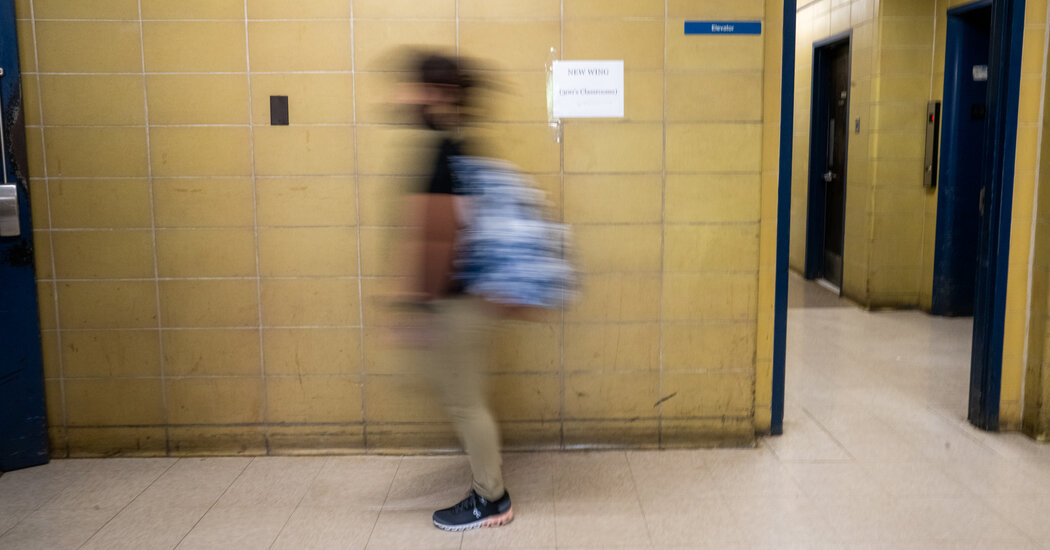The News
Approximately 20 percent of adolescents had symptoms of major depressive disorder in 2021 — the first full calendar year of the pandemic — but less than half who needed treatment received it, according to a new study.
The research, published in JAMA Pediatrics, found that treatment was most lacking for minority adolescents, particularly those who are Latino and mixed-race.
Background: Depression was already on the rise
Major depressive disorder is a chronic condition that surfaces in episodes of depressed mood and loss of joy, with symptoms lasting at least two weeks. It is distinct from persistent depressive disorder, in which symptoms last two years or more.
Previous research showed that the prevalence of major depressive disorder among adolescents nearly doubled recently, rising to 15.8 percent in 2019 from 8.1 percent in 2009. The Covid-19 pandemic amplified this trend as it caused isolation, uncertainty, loneliness and fear of illness among family members.
The Findings: Treatment gaps persist, especially for minority teens
The new study on the prevalence of major depressive disorder in 2021 drew from a nationally representative sample of 10,700 adolescents, ages 12 to 17, whose experiences were recorded by the National Survey on Drug Use and Health.
The study found some sharp differences in the prevalence of the condition across racial and ethnic groups. About 14.5 percent of Black adolescents, 14.6 percent of Asian adolescents and 20 percent of white adolescents reported symptoms of major depressive disorder. Latino adolescents experienced major depressive disorder at a slightly higher rate, around 23 percent.
Though mixed-race and Latino adolescents had the highest rates of major depressive disorder, they had the lowest rates of treatment, the study found. Twenty-one percent of mixed-race adolescents and 29 percent of Latino adolescents with the condition received treatment for it, compared with nearly half of white adolescents. Treatment rates for Asian and Black adolescents fell in between.
The study overlaps with previous research that found that adolescents from racial and ethnic minorities had fewer treatment options than their white peers did, with the most glaring gaps for teens living in lower-income communities.
What’s Next: Addressing the inequities
The authors of the study called for policymakers to recognize the inequities in treatment that were “highlighted” by the pandemic. “As we move forward,” they concluded in the paper, “policy and clinical efforts should target adolescents as a whole and marginalized populations in particular, to ensure timely access to high-quality mental health treatment.”











